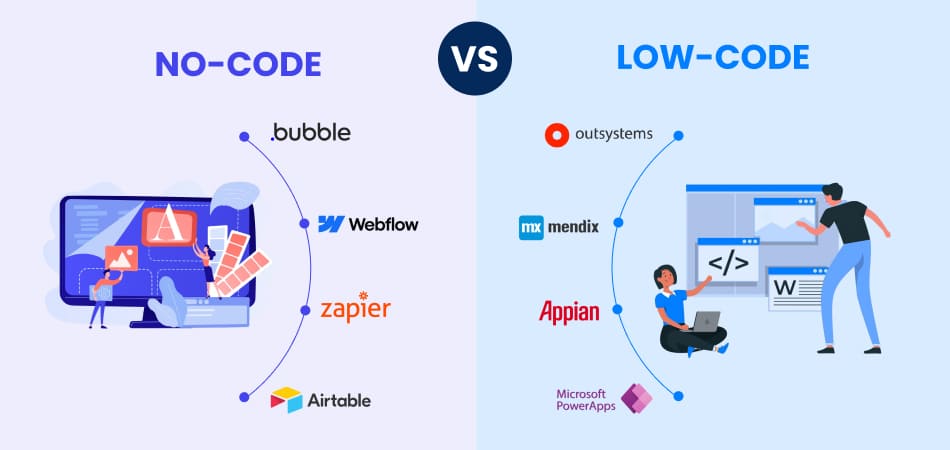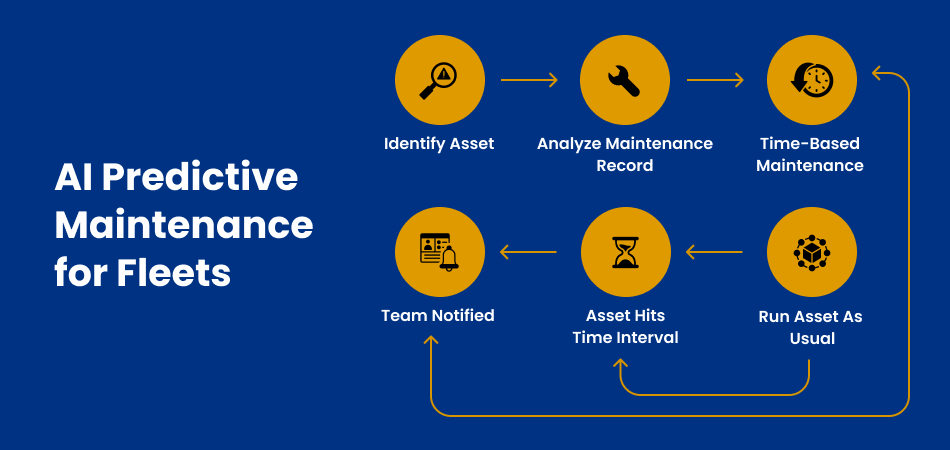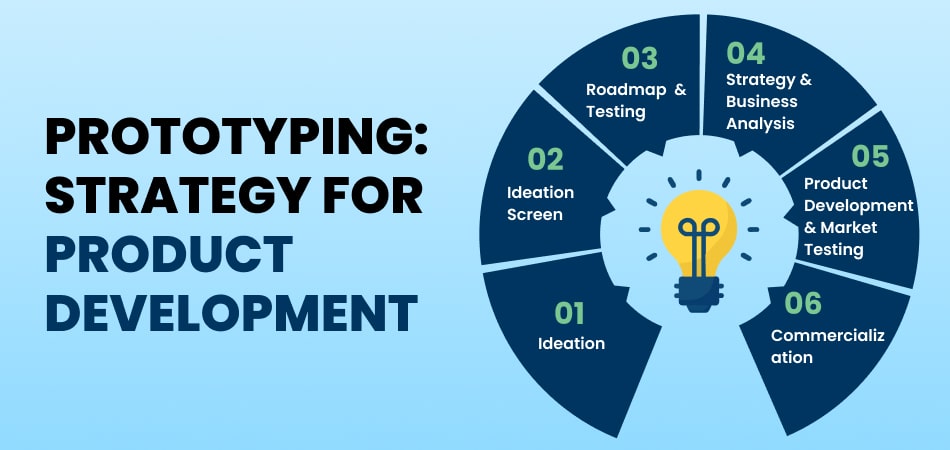Introduction
In the ever-evolving landscape of software development, businesses and individuals are constantly seeking faster and more efficient ways to create applications. Low-code and no-code development platforms have emerged as powerful solutions, enabling users to build apps with minimal coding knowledge. This guide will explore the fundamentals of low-code and no-code development, the leading platforms in each category, and the scenarios where these approaches are most and least effective.
What is Low-Code/No-Code?
Low-code and no-code development platforms are designed to simplify the app development process. These platforms provide visual development tools, pre-built templates, and drag-and-drop functionality, allowing users to create applications quickly and with minimal coding effort. The main difference between low-code and no-code is the level of coding required: low-code platforms require some coding knowledge, while no-code platforms are designed for users with no coding experience.
Understanding Low-Code Development
Low-code development platforms are ideal for developers who want to speed up the development process without sacrificing control over the application’s functionality. These platforms provide a balance between visual development and coding, allowing users to build complex applications with customized features.
Platforms for Low-Code Development
OutSystems
OutSystems is a robust low-code platform designed for enterprise-level applications. It offers a comprehensive suite of tools for rapid application development, integration, and deployment.
- Cost: OutSystems offers a free edition with limited features. The enterprise edition starts at approximately $3,000 per month, depending on the number of users and the level of support required.
Mendix
Mendix is a versatile low-code platform that supports a wide range of applications, from simple mobile apps to complex enterprise solutions. It provides extensive integration capabilities and a collaborative development environment.
- Cost: Mendix offers a free community edition. The pricing for the enterprise edition starts at around $1,875 per month, based on the number of app users and development environments.
Appian
Appian focuses on business process management and automation. It combines low-code development with powerful workflow automation tools, making it suitable for organizations looking to streamline their operations.
- Cost: Appian offers a free trial. The enterprise edition starts at approximately $75 per user per month, with additional costs for advanced features and support.
Microsoft Power Apps (Low-Code Features)
Microsoft Power Apps is part of the Microsoft Power Platform, which integrates seamlessly with other Microsoft products. It provides a user-friendly interface for building custom business applications with minimal coding.
- Cost: Microsoft Power Apps offers a free trial. The pricing starts at $20 per user per month for the basic plan, with higher tiers available for more advanced features and capacity.
Understanding No-Code Development
Platforms for no-code development are intended for users with little or no coding knowledge. These platforms enable users to create fully functional applications using visual development tools and pre-built templates.
Platforms for No-Code Development
Bubble.io
With the help of the robust no-code platform Bubble.io, users can create intricate web apps without knowing how to write code. It offers extensive customization options and integrates with various third-party services.
- Cost: Bubble.io offers a free plan with limited features. The paid plans start at $25 per month, with additional costs for higher capacity and advanced features.
Webflow
Webflow is a no-code platform focused on web design and development. It provides a visual interface for designing responsive websites and integrates with various CMS and e-commerce tools.
- Cost: Webflow offers a free plan with basic features. The paid plans start at $12 per month for individual users and $36 per month for teams.
Airtable
Airtable is a no-code platform that combines the features of a spreadsheet with a database. It is ideal for creating simple applications and managing data in a user-friendly interface.
- Cost: Airtable offers a free plan with limited features. The paid plans start at $10 per user per month, with additional costs for advanced features and increased storage.
Zapier
Zapier is a no-code automation platform that connects various apps and services, allowing users to automate workflows without writing code. It supports a wide range of integrations, making it a versatile tool for automating business processes.
- Cost: Zapier has a free subscription with some capabilities that is limited. The paid plans start at $19.99 per month, with additional costs for higher usage limits and premium features.
Core Features of Low-Code and No-Code Development
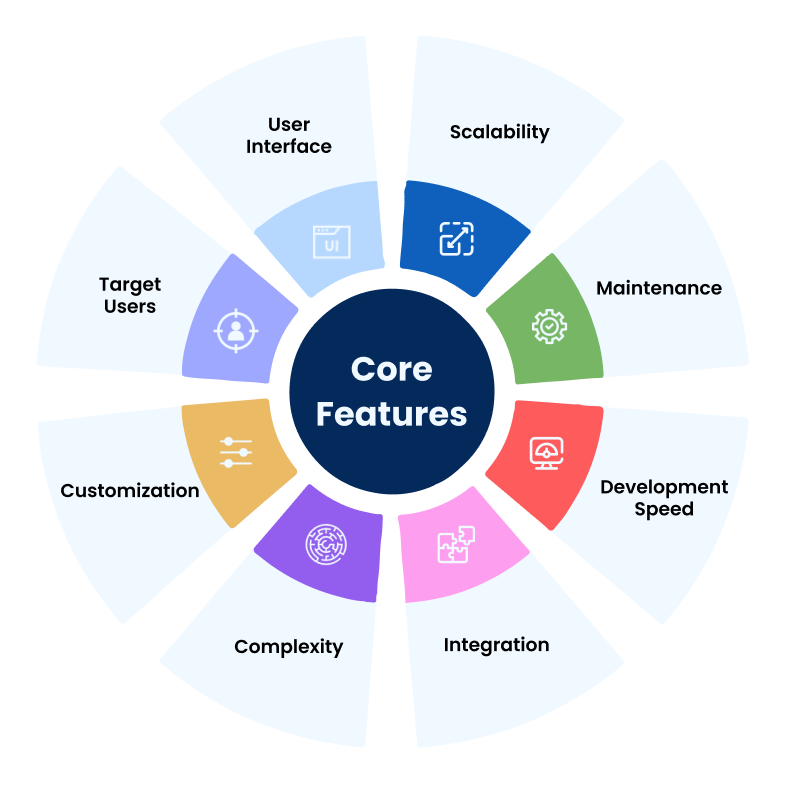
| Feature | Low-Code Development | No-Code Development |
| User Interface | Visual development tools with some coding capabilities | Fully visual development environment with drag-and-drop functionality |
| Target Users | Developers and tech-savvy users | Non-developers and business users |
| Customization | High level of customization through coding | Limited customization, primarily through pre-built templates and components |
| Complexity | Suitable for building complex applications with customized features | Best for simple to moderately complex applications |
| Integration | Extensive ability to integrate with third-party APIs and services | Limited integration options, primarily through built-in connectors and simple APIs |
| Development Speed | Faster than traditional development but requires some coding knowledge | Very fast development with minimal learning curve |
| Maintenance | Requires ongoing maintenance and updates by developers | Simplified maintenance with updates managed by the platform |
| Scalability | Suitable for scalable applications with support for enterprise-level requirements | Limited scalability, primarily suitable for small to medium-sized applications |
| Cost | Higher initial cost due to licensing and development resources | Lower initial cost, but may require additional expenses for premium features and increased usage |
When to Prefer Low-Code/No-Code Development
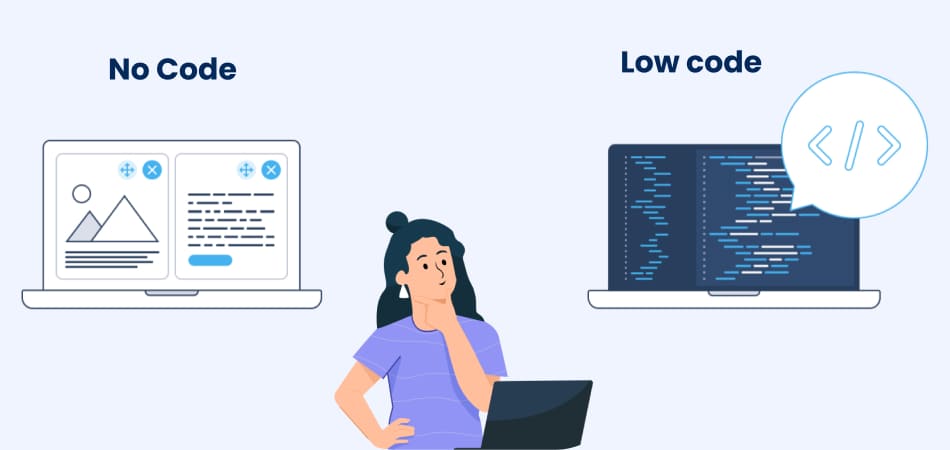
Quick Prototyping or MVPs
Low-code and no-code platforms are ideal for quickly building prototypes or minimum viable products (MVPs). They allow businesses to validate ideas and gather feedback with minimal investment and development time.
Small to Medium Business Solutions
For small to medium-sized businesses, low-code and no-code platforms provide a cost-effective way to develop custom applications tailored to their specific needs. These platforms can help businesses automate processes, improve efficiency, and enhance customer experiences.
Internal Tools or Automation
Organizations can use low-code and no-code platforms to create internal tools and automate repetitive tasks. These platforms enable employees to build applications that streamline workflows and improve productivity without relying on IT departments.
Cost Efficiency
Low-code and no-code platforms reduce the need for extensive coding expertise and development resources, leading to significant cost savings. They also offer flexible pricing models, allowing businesses to scale their usage based on their needs.
Short Development Timeframes
When time is of the essence, low-code and no-code platforms enable rapid development and deployment of applications. This is particularly beneficial for businesses that need to respond quickly to market changes or emerging opportunities.
When Not to Use Low-Code/No-Code
Complex or Scalable Applications
For highly complex or scalable applications, traditional development approaches may be more suitable. Low-code and no-code platforms may lack the flexibility and performance required for large-scale projects.
High Performance or Specialized Apps
Applications that require high performance, specialized features, or advanced customizations may not be well-suited for low-code and no-code platforms. Traditional development offers greater control over performance optimization and feature implementation.
Advanced Integrations
If your application requires advanced integrations with multiple systems or custom APIs, low-code and no-code platforms may not provide the necessary capabilities. Traditional development offers more flexibility for complex integrations.
Ownership and Flexibility
Low-code and no-code platforms often come with vendor lock-in, limiting your control over the application’s code and infrastructure. For businesses that require full ownership and flexibility, traditional development may be a better option.
Security and Compliance Concerns
Applications that handle sensitive data or require strict compliance with industry regulations may not be suitable for low-code and no-code platforms. Traditional development allows for more robust security measures and compliance controls.
Conclusion
Low-code and no-code development platforms offer powerful tools for building applications quickly and efficiently, making them ideal for a wide range of use cases. Understanding the strengths and limitations of these platforms is crucial for determining when to use them and when traditional development approaches may be more appropriate. By carefully evaluating your project requirements and considering the scenarios outlined in this guide, you can make informed decisions and leverage the best development approach for your needs.
